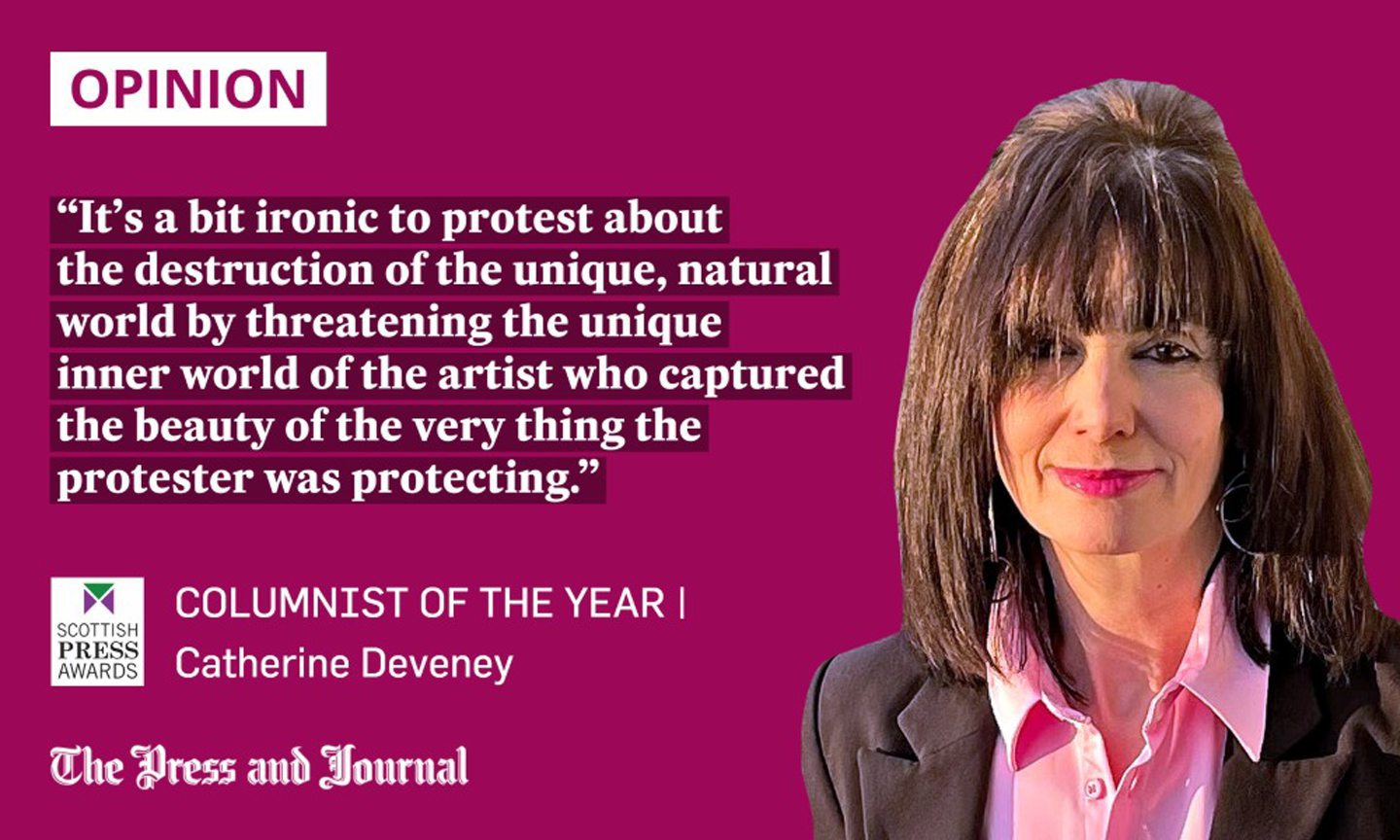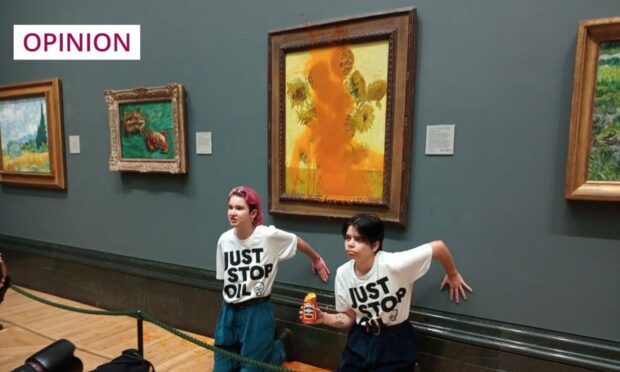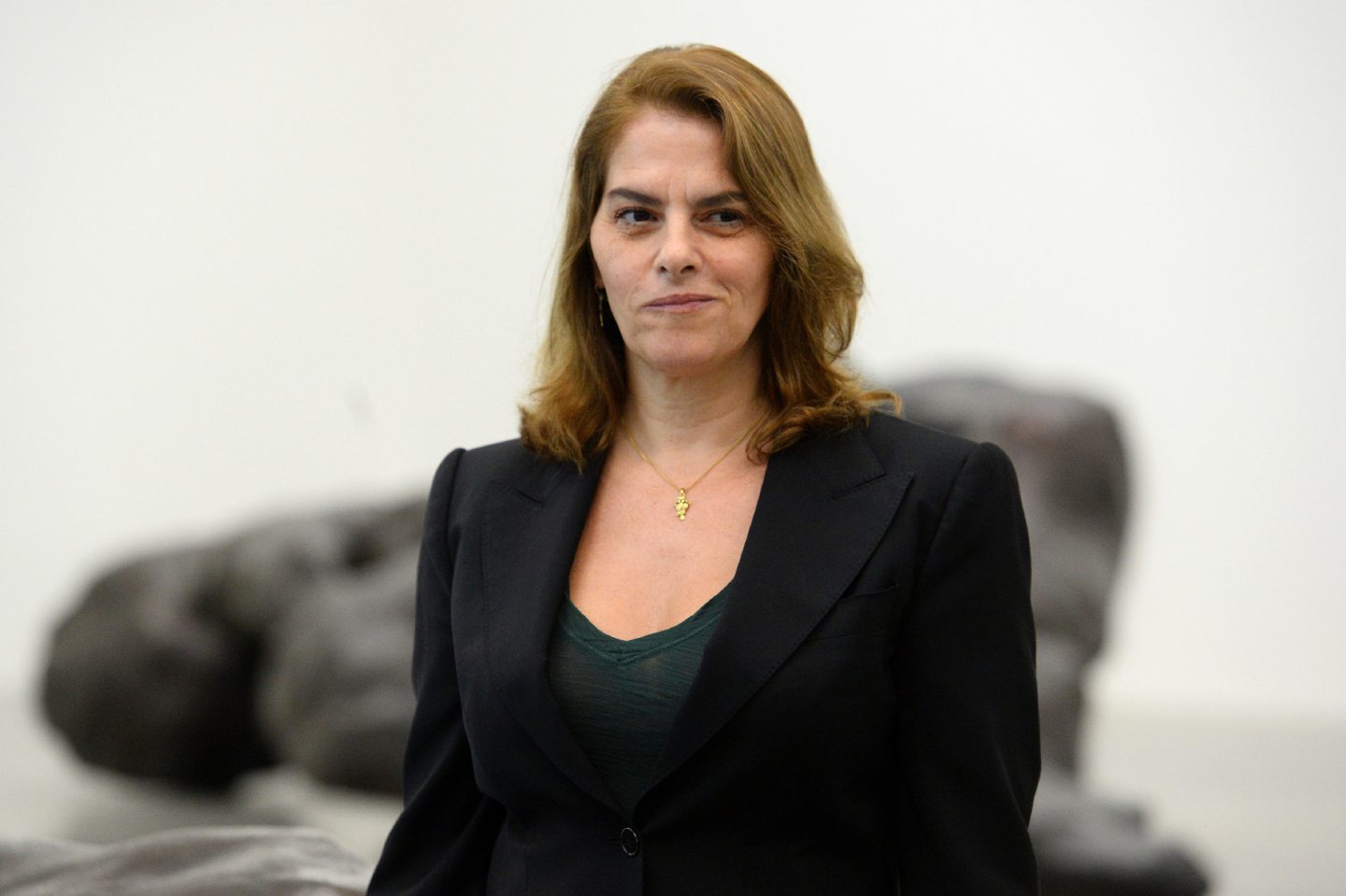In August 1994, pop duo The KLF sailed to the Inner Hebridean island of Jura.
There, in the back of a remote, disused boathouse on the Ardfin estate, Bill Drummond and Jimmy Cauty unwrapped bundles of £50 notes and began burning them. Some notes were wet and wouldn’t burn properly. Others flew straight up the chimney and would later be found, serial numbers intact, on the seashore. It took just over an hour to erase £1 million, in an incident described as “performance art”.
Ten years after the pop world had come together to challenge political inaction at famine in Africa with Band Aid, the Jura boathouse events seemed sacrilegious – and perhaps that was the point. If art was merely about destroying money, we’d give the Turner prize to Liz Truss and Kwasi Kwarteng for making the value of the pound into the equivalent of currency from the Democratic Republic of Toytown.

It is just a memory now; the charred ashes of a concept. The Tate gallery would not collaborate, and there is nothing to display in any museum.
Perhaps emotion lasted longer than anything else, a wave of anger at the indulgence of two men who could afford to make political points about the value – or lack of it – of money, without scrimping to pay the lecky bill. Nearly 30 years later, what’s the legacy? Who remembers? Who cares?
Is an abstract concept actually art?
The debate about the nature of art has flared up again, with its enfant terrible, Damien Hirst – now approaching pension age – allowing people to buy his paintings, or burn them and buy an encrypted digital file instead. Then there’s Channel 4’s new art programme, hosted by Jimmy Carr, in which an audience decides whether to burn a painting by Adolf Hitler or not. And, finally, last week we had two climate protesters throwing tomato soup at Vincent van Gogh’s most famous work, Sunflowers.
I am losing my grip on reality https://t.co/rwqMaf5GfO
— Elle Hunt (@elle_hunt) October 13, 2022
There are conceptual connections in all of this. Art is being equated with an event, a concept, a philosophy, as much as a creative process. Is an abstract concept, unaccompanied by a beautiful or lasting creation, actually art? And, while we’re on the subject, can art be separated from its creator?
Cauty and Drummond said they listened to Michael Jackson and realised they would never be as talented, so they might as well burn the money. There are now those who don’t want to listen to Jackson’s music because of accusations about his private life. But while, understandably, it might spoil their personal enjoyment of his music, does it spoil the artistic merit of the music itself? Do we judge Hitler’s painting on the basis that it was painted by Hitler?
What did Van Gogh have to do with Shell’s profits?
Channel 4 said its art series would be “a thoughtful and nuanced exploration of the limits of free expression in art”, which is exec speak for a titillating, page 3 approach to ratings that has about as much to do with art as The Masked Dancer has to classical ballet.
The students shrieked about the preservation of life being more important than the preservation of art. Well, of course it is
But, it does raise an interesting question. Hitler’s painting is worthless because it’s not a very good painting rather than because he was a monstrous person. Nonetheless, he is an important part of human history, and his painting belongs in an historical archive, even if it doesn’t belong in the Tate.
The KLF on the Isle of Jura where they burned £1 million pounds in 1994. UK No.1 hit with '3 a.m. Eternal'. pic.twitter.com/Ki0xi4NKhm
— PictureThis Scotland (@74frankfurt) November 10, 2019
As for the two students who threw soup at Van Gogh’s work… is art a suitable vehicle for protest? It’s certainly a vehicle for artists to protest through creative endeavour, but not necessarily for the viewer to hijack for their own protest.
The students shrieked about the preservation of life being more important than the preservation of art. Well, of course it is. But it’s a bit ironic to protest about the destruction of the unique, natural world by threatening the unique inner world of the artist who captured the beauty of the very thing the protester was protecting. What did Van Gogh have to do with Shell’s obscene oil profits?
It’s all about publicity
When I first started as an interviewer, I was terrified of artists. But creativity is a democracy. Art is for all.
They became my favourite people to interview, because they always had an interesting, quirky view of the world. Tracey Emin, John Bellany, Peter Howson, Jack Vettriano… every one of them was a blast to talk to, because they saw the world in a way that was unique, even if it felt alien.
How important to preserve those unique viewpoints. Destroying the radiance of Van Gogh’s sunflowers does not save the planet.
But, of course, the protesters no doubt knew that. The painting was behind glass. This was about publicity. Just as Hirst ceremonially burning paintings in a smart, silver furnace is about publicity. Just as burning £1 million pounds, or a painting by Hitler, is about publicity.
All very clever in the PR world, but concept over artefact gets tiresome in the art world. Sometimes, you just want something beautiful to hang on the wall.
Catherine Deveney is an award-winning investigative journalist, novelist and television presenter, and Scottish Newspaper Columnist of the Year 2022


Conversation